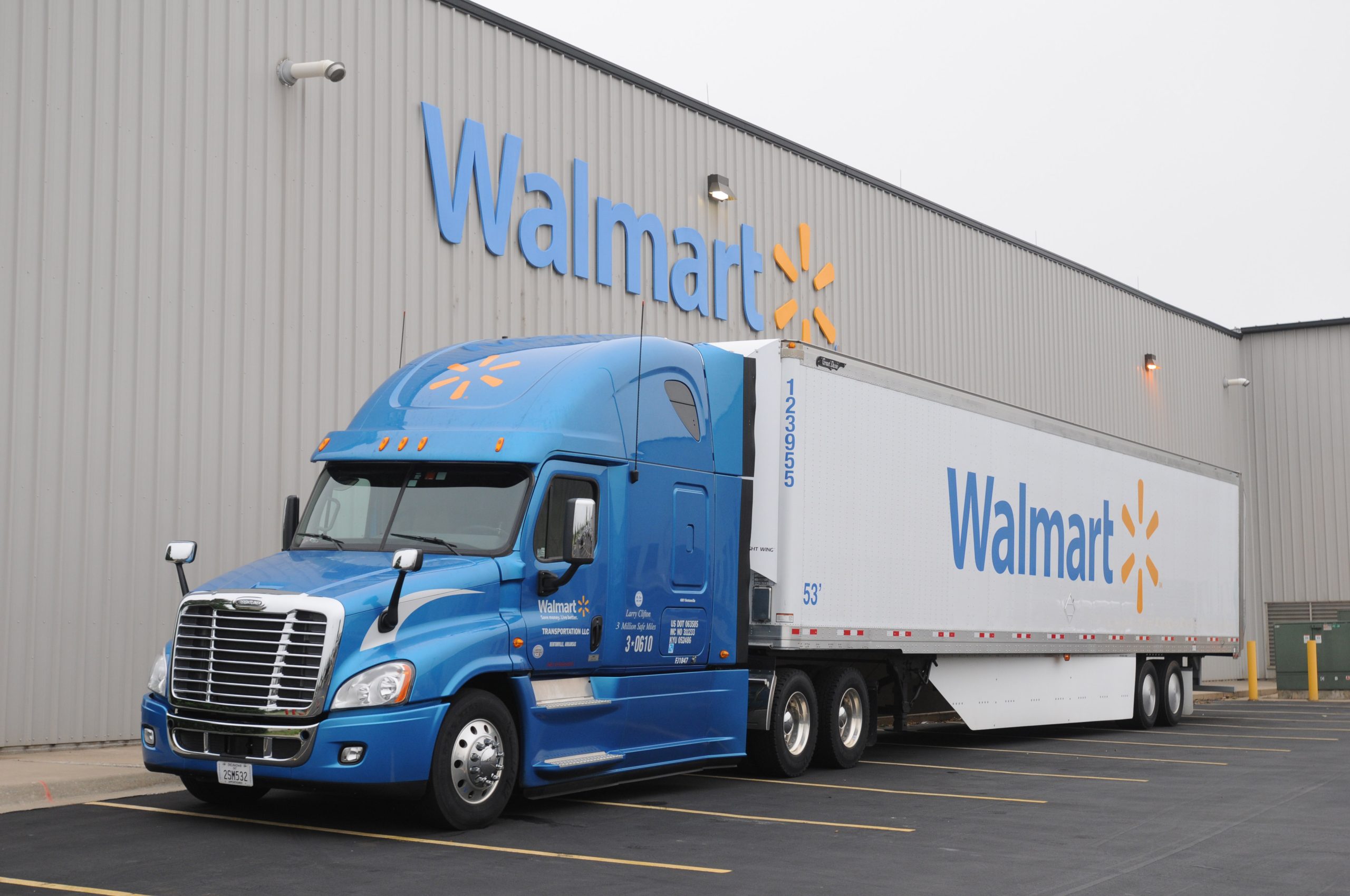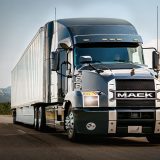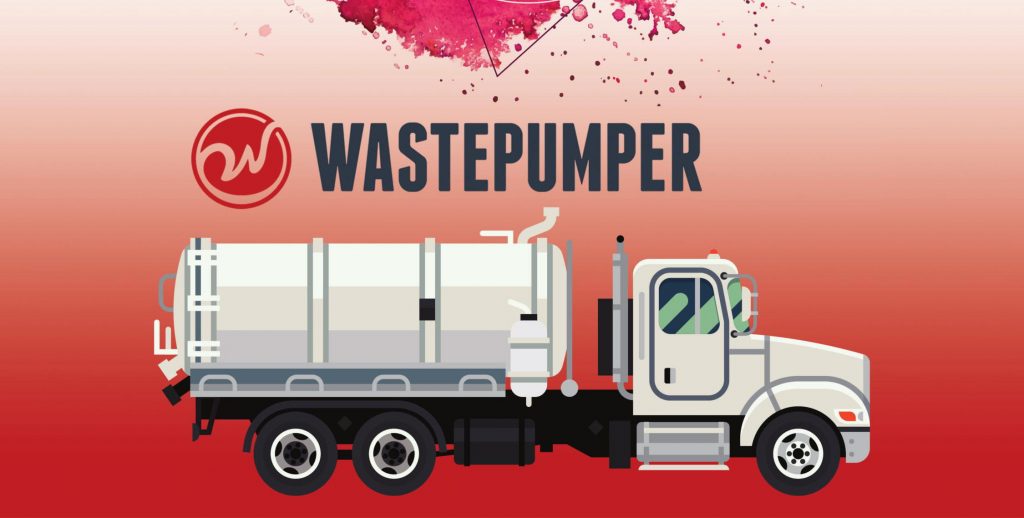- Uncover the Roadblocks: Explore why heavy-duty truck electrification and hydrogen fuel cell vehicles are central—and challenging—to the Walmart emissions goal.
- Financial vs. Green Imperative: Discover how Walmart balances cost-effectiveness with zero-carbon operations across its sprawling fleet.
- Project Gigaton’s Surprising Impact: Learn how supplier climate collaboration could propel Walmart’s 2030 climate milestones faster than expected.
The Walmart emissions goal stands as a major undertaking in corporate sustainability, aiming for net-zero operations by 2040. Yet, evolving challenges with low-carbon transportation, high costs in heavy-duty truck electrification, and slow adoption of hydrogen fuel cell vehicles are testing Walmart’s ability to meet ambitious 2030 climate milestones. By examining Walmart’s fleet transformation, supply chain collaboration, and decarbonization strategies, industry observers can glean practical insights into how the retail giant is progressing—and what still needs to happen for a successful transition.
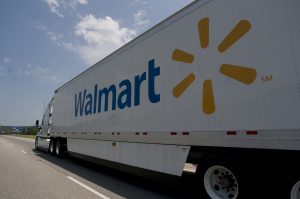
Net-zero by 2040 is Walmart’s target, even if the path ahead is anything but linear.
For more news and updates on Walmart, visit this dedicated page.
Progress Update on the Walmart Emissions Goal
Walmart’s drive toward zero-carbon operations began in 2020 with a pledge to eliminate emissions across its facilities, logistics, and broader Scope 1 and Scope 2 activities by 2040. To date, the company reports both achievements and setbacks. Notably, it has piloted electric trucking solutions — delve deeper into electric trucks here —for certain short-haul routes and rolled out a small fleet of hydrogen fuel cell vehicles to gauge viability in longer hauls.
Short-term optimism has collided with rising operational complexity. More routes have shifted in-house, increasing overall emissions. Meanwhile, cost-effectiveness remains a concern, especially for Class 8 tractors (learn about Class 8 truck developments) and refrigeration emissions. These key hurdles have prompted Walmart to say that low-carbon heavy transportation might not reach affordability until the 2030s, thereby affecting any linear path toward meeting its 2030 climate milestones.
For deeper insights into managing and reducing emissions, read this page.
Enjoying our insights?
Subscribe to our newsletter to keep up with the latest industry trends and developments.
Stay InformedHow Is Walmart Tackling Key Challenges?
Walmart’s strategy blends fleet-focused tactics, renewable energy strategies, incremental fleet upgrades, and ongoing trials of emerging technologies. The company leverages yard truck pilots, invests in hydrogen fueling infrastructure, and tests battery-electric trucks where viable. While these pilots demonstrate progress, limited charging networks and expensive vehicle costs slow large-scale fleet emissions reduction.
Despite these hurdles, Walmart positions its net-zero roadmap as flexible. It continues to expand rooftop solar, wind, and other clean power solutions at distribution centers to supply future electric trucking solutions with lower-carbon electricity. The retailer is also examining RNG (renewable natural gas) engines (visit this link for more on RNG) and renewable diesel blends as interim measures, although these technologies still require scaling before they substantially trim the carbon footprint of long-haul routes.
Supply Chain Collaboration and Project Gigaton
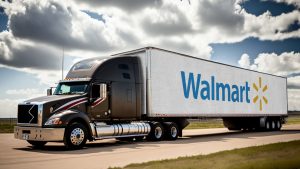
High capital costs and limited infrastructure are testing the reality of Walmart’s 2030 climate goals.
Walmart’s supply chain initiatives are central to addressing the Walmart Emissions Goal. Through Project Gigaton, the company enlisted thousands of vendors to reduce upstream greenhouse gases across packaging, manufacturing, and product design. Suppliers embraced these changes by optimizing production processes and shifting to renewable energy. The program exceeded its initial one-gigaton reduction target early, proving Walmart’s capability to mobilize widespread action for low-carbon transportation and beyond.
However, this success does not fully offset direct operational emissions. While supplier climate collaboration helps reduce the broader global footprint, Walmart’s own heavy-duty truck electrification progress lags behind. To bridge the gap, the retailer is exploring new co-development opportunities with vehicle manufacturers and energy partners. By investing in next-gen hydrogen fuel cell vehicles and battery-electric fleets, Walmart hopes to drive down costs and spur innovation.
Stay updated on the evolving trucking industry landscape, explore this page.
Financial Implications of Decarbonization
Transforming a massive fleet entails significant capital outlay. Walmart’s net-zero roadmap includes allocating funds toward charging infrastructure, developing robust infrastructure, hydrogen fueling stations, and facility retrofits. Although upfront vehicle costs are higher, lower operating expenses—stemming from reduced fuel and maintenance—could yield considerable savings over time.
Fiscal planning also extends to mitigating refrigeration emissions. Stores and distribution centers require major overhauls of legacy cooling systems that leak potent greenhouse gases. Modern, energy-efficient refrigeration equipment can curb both emissions and operational expenses, but installing and maintaining it on such a large scale remains a costly undertaking.
Is 2040 Still Feasible?
Walmart has publicly reaffirmed its 2040 commitment, acknowledging that progress will not be linear.
“We remain committed to achieving net-zero operational emissions by 2040, even if progress is not always predictable.”

Project Gigaton proves large-scale collaboration can deliver tangible cuts in greenhouse gases.
The retailer’s leadership points to external factors—like technology readiness, regulatory support, and scalable infrastructure—to either accelerate or hinder its timeline. Although meeting an absolute zero-carbon target without offsets is daunting, Walmart’s consistent push toward fleet emissions reduction through a blend of solutions—electric trucking solutions, RNG, and hydrogen—offers multiple pathways to success.
Yet, skepticism persists, especially as the cost of heavy-duty truck electrification remains high and hydrogen infrastructure is limited. Given these constraints, some analysts believe Walmart might need to adjust its roadmap. Still, the company stresses that rapid innovation could align costs with its low-price business model, making 2040 a possibility rather than a pipe dream.
Innovations Driving Zero-Carbon Progress
Walmart’s pilot programs illuminate how emerging tech might close the gap on the Walmart Emissions Goal. Trials of autonomous yard trucks reveal potential in reducing labor costs and optimizing charging schedules. Advanced battery chemistries in Class 8 tractors could shrink vehicle weight and boost range. Meanwhile, more efficient renewable energy strategies—such as pairing solar arrays with on-site battery storage—promise cleaner, more affordable electricity for charging fleets.
Increasing collaboration with technology startups further accelerates research and development. By aligning with manufacturers looking to commercialize hydrogen fuel cell vehicles or advanced electric drivetrains, Walmart can help shape the next generation of low-carbon transportation, ensuring it meets demanding operational requirements for speed, reliability, and cost.
Hydrogen Trials in the Walmart Fleet
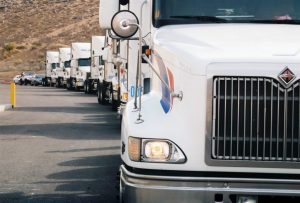
Smart telematics help Walmart cut empty miles and optimize routes for sustainability and cost savings.
Among the most noteworthy pilots are Walmart’s hydrogen fuel cell trucks. These vehicles offer faster refueling and extended range compared to battery-electric alternatives, making them particularly appealing for long-haul routes. However, the cost of hydrogen production, storage, and delivery remains high. Walmart’s short-term strategy involves monitoring technological breakthroughs and public policy incentives that could unlock cost-competitive hydrogen solutions in the coming decade.
Strategies for Refrigeration Overhaul
Refrigeration emissions add another layer of complexity. Walmart is gradually phasing out outdated systems with lower-global-warming-potential refrigerants and advanced energy management. By integrating leak-detection sensors, automating temperature monitoring, and insulating transport trailers more effectively, the retailer reduces its environmental impact while minimizing spoilage and operational costs. Such measures underscore the multifaceted nature of fleet transformation and store infrastructure modernization in pursuit of the broader Walmart Emissions Goal.
Conclusion
Walmart’s commitment to net-zero operations by 2040 rests on a multi-faceted approach that includes low-carbon transportation, hydrogen fuel cell vehicles, electric trucking solutions, and supplier climate collaboration. Although the company faces logistical and financial hurdles in scaling cost-effective heavy-duty truck electrification, there is momentum behind its Project Gigaton successes and pilot programs for zero-carbon operations. Whether or not Walmart can align its ambitions with technological advancements in the next decade remains to be seen. Still, each phase of its fleet transformation and refrigeration overhaul reflects a determined stance on corporate sustainability—and the unrelenting need for ongoing innovation to achieve the Walmart Emissions Goal.

Refrigeration systems are Walmart’s biggest emissions challenge—and an equally big opportunity.
Extended Deep Dive on the Walmart Emissions Goal
Walmart’s current trajectory underscores both the benefits and complexities of targeting zero-carbon operations at a massive scale. Although pilot programs with hydrogen fuel cell vehicles and battery-electric yard trucks show promise, the transition demands major infrastructure investment and organizational readiness. High upfront costs on heavy-duty truck electrification raise questions about cost-effectiveness, especially as Walmart integrates more routes in-house. Despite these hurdles, the retailer’s leadership believes that long-term fuel and maintenance savings may ultimately validate its net-zero roadmap.
Financial Pressures and Infrastructure Overhaul
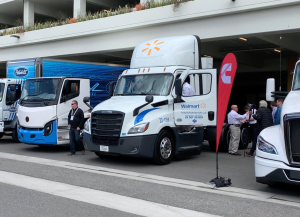
Battery-electric trucks and hydrogen fuel cells show promise, but affordability remains a tough barrier.
Expenses tied to charging stations, hydrogen fuel systems, and modernized refrigeration units weigh heavily on Walmart’s balance sheet. Capital outlays for electric trucking solutions are significant, yet future gains could offset these costs once economies of scale drive prices down. Legacy store equipment—particularly cooling systems—amplifies the challenge by leaking high-global-warming-potential gases. Upgrading thousands of locations represents a major operational shift, albeit one that could slash refrigeration emissions and energy use.
Leveraging Renewable Energy Strategies
Walmart continues to invest in renewable energy strategies to power facilities and fleets. Rooftop solar, onsite wind, and battery storage can reduce reliance on fossil fuels and stabilize energy costs. By pairing electric trucks with renewable power sources, the company aims to reduce its carbon footprint more holistically. Yet, rolling out these systems across distribution centers and retail outlets hinges on regulatory incentives, local utility collaboration, and sustained capital allocation.
Data-Driven Logistics Enhancements
Advanced telematics and route optimization also play a key role in shrinking Walmart’s carbon footprint. Streamlined dispatch, real-time load tracking, and machine learning can limit unnecessary miles, conserving both diesel and battery power. Early trials of autonomous yard trucks add another layer of efficiency, cutting idle time and human resource costs. These logistical fine-tunings complement Walmart’s broader fleet transformation by minimizing emissions even before next-gen vehicles are fully deployed.
Uncover the latest developments in battling GHG impacts, check out this page.
Supplier Engagement Through Project Gigaton
While the Walmart Emissions Goal focuses on direct operations, supplier climate collaboration achieves complementary results. Project Gigaton’s success in removing over a billion metric tons of carbon from upstream activities has ripple effects on Walmart’s operational emissions. Better-designed products and packaging require fewer resources to produce, store, and transport—indirectly boosting fleet efficiency. Maintaining strong supplier relationships ensures that these gains continue to climb and offset growth-driven emission spikes.
Regulatory Forces and Market Shifts
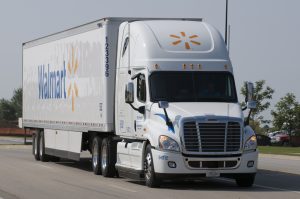
Future progress depends on balancing short-term expenses against long-term emission reductions
Walmart’s electrification pace depends partly on policy incentives, tax breaks, and regulatory mandates. States with strict emissions rules often nudge the company toward faster adoption of battery-electric and hydrogen trucks, while softer regulations risk dampening progress. Additionally, global economic factors and commodity prices can affect the availability and cost of low-carbon transportation solutions. Walmart’s strategy, therefore, must adapt to shifting market realities that can either accelerate or stall its net-zero ambitions.
Potential Industry-Wide Impact
Because Walmart wields significant influence on retail supply chains, its experiments with heavy-duty truck electrification and renewable energy strategies create industry-wide ripples. If hydrogen-powered Class 8 tractors and advanced RNG (renewable natural gas) engines prove cost-effective, other retailers and logistics providers may follow suit, creating a network effect that drives down costs. The ripple effect extends to green-tech manufacturers, who stand to benefit from Walmart’s large-scale pilot programs and resulting data.
Future Outlook on the Walmart Emissions Goal
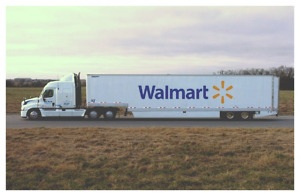
Bringing down operating costs is key to scaling battery-electric and hydrogen fleets for long-haul use.
Ultimately, Walmart’s decarbonization journey shows promise but also highlights persistent barriers, from infrastructure gaps to high upfront vehicle costs. Over the next decade, breakthroughs in hydrogen fuel cell vehicles and battery technologies—combined with stable policy frameworks—could help Walmart overcome these constraints. Yet, without sustained investment and cross-sector collaboration, the retailer’s 2040 vision could face delays. Whether Walmart emerges as a case study in successful fleet transformation or a cautionary tale about ambition outpacing cost realities will hinge on how effectively it navigates these challenges.
Key Developments in the Walmart Emissions Goal
- Walmart has expanded its fleet pilots to include both battery-electric yard trucks and hydrogen fuel cell vehicles, testing feasibility for long-haul routes.
- Project Gigaton surpassed its initial one-gigaton reduction objective ahead of schedule, showing Walmart’s ability to galvanize supplier climate collaboration.
- The retailer continues to invest in renewable energy strategies—like rooftop solar and onsite wind—to power emerging electric trucking solutions.
- Upgrading refrigeration systems remains a priority, as legacy cooling equipment significantly contributes to direct operational emissions.
- Walmart’s net-zero roadmap is flexible, acknowledging possible adjustments to the 2030 climate milestones if key technologies prove too costly before the next decade.
External Resources on Walmart’s Emissions Strategy
- Learn more about Walmart’s 2040 net-zero target and related sustainability reporting at Walmart Climate Commitments.
- Explore in-depth cost and feasibility studies on electrifying Class 8 trucks at ICCT: Cost of Zero-Emission Trucks.
- Delve into hydrogen fuel cell advancements for heavy commercial vehicles at U.S. Department of Energy Hydrogen Program.
- Find official details on Project Gigaton, Walmart’s supplier-focused emissions reduction initiative, at Walmart Sustainability Hub.
- Get the latest on U.S. commercial vehicle emissions regulations affecting fleet operators at EPA Regulations for Greenhouse Gas Emissions.
- Read about Walmart’s collaboration on renewable natural gas (RNG) trucks with Cummins and Chevron at Chevron News Releases.
- Understand how infrastructure corridors for electric and hydrogen fueling are expanding at Federal Highway Administration: National Strategy.

